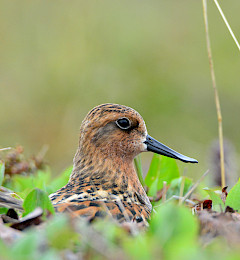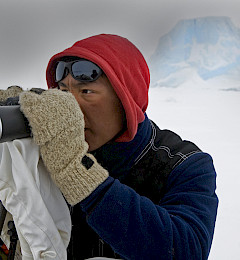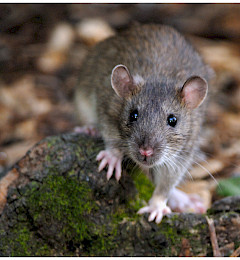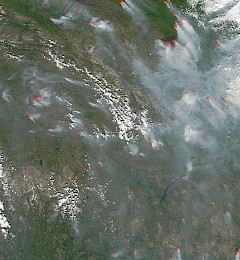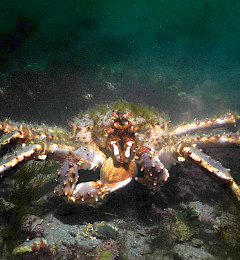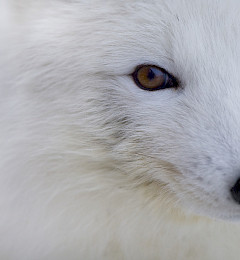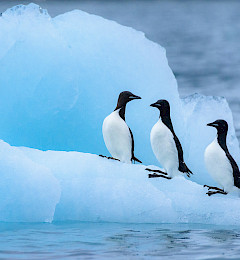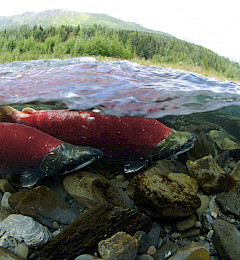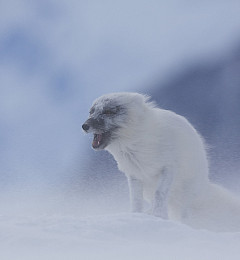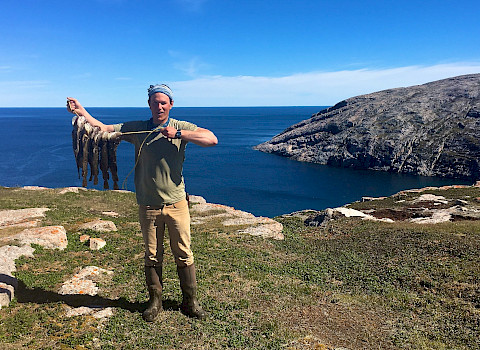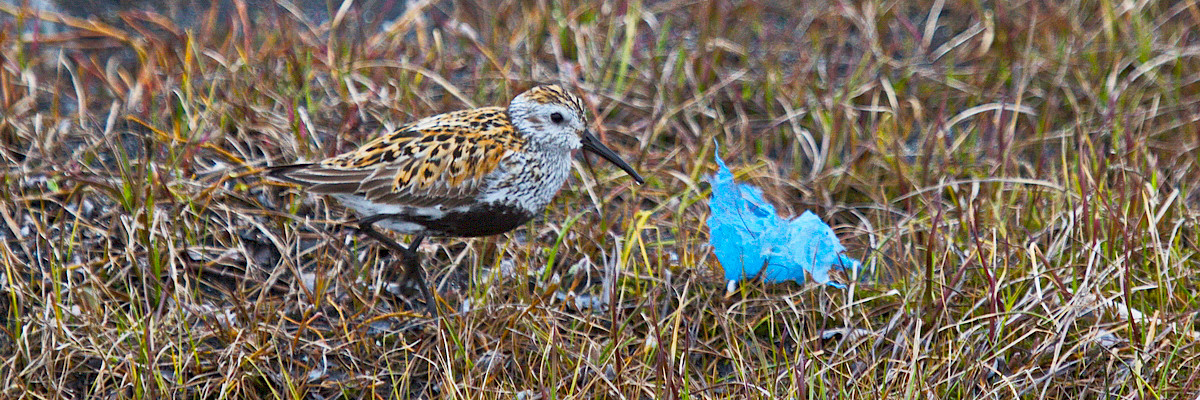
Addressing individual stressors on biodiversity
Roads, noise, pipelines, dams, drilling and mine sites, destructive fishing practices and other forms of direct and indirect damage to habitats and species are putting increasing pressure on the Arctic environment in some areas. Some commercial fishing techniques such as bottom trawling have the potential to damage sensitive seafloor habitats and their ecological communities. Construction of roads and pipelines has led to fragmentation of landscapes, permafrost degradation and changes in vegetation and hydrology. Noise from offshore seismic exploration and drilling affects the behavior of bowhead whales and other species. Although reindeer grazing can benefit biodiversity in several ways and could be instrumental in counteracting some of the effects of climate change, grazing has caused degradation locally in the Arctic in particular in regions where their habitat has been fragmented. The majority of these stressors currently result from oil, gas and mineral exploitation on land. Offshore oil and gas exploration and production are in their early stages in the Arctic region, but are expected to increase in the coming decades, producing impacts from noise and other habitat disturbance. These effects may persist long after the activity ceases. Where the causes of habitat degradation have been removed, recovery is typically slow in the Arctic. To date, most of the impacts have been relatively localized, although the activities are taking place in many regions of the Arctic and are expected to increase.
Pollution can affect the health of individual animals and, in severe cases, the productivity and functioning of an ecosystem. Relatively high levels of contaminants have been documented in several Arctic animals, including polar bears, beluga whales and some seabirds, but there is as yet little scientific evidence that these have had an effect at the population level. Climate change affects the pathways of contaminants in the environment, including the release of contaminants previously captured by ice and permafrost. Increasing industrial activity in the Arctic will also lead to more potential local sources of pollution as well.
Overharvest was historically the primary human impact on many Arctic species, but sound management has successfully addressed this problem in most, but not all, cases. In most areas, hunting and fishing activities that might threaten fish, mammal and bird populations are now regulated for species where there is conservation concern. As a result, the historical pressure from overharvest has been largely removed as a major threat for most species. Improved management and conservation actions are based on greater understanding of the potential for harm to species and ecosystems, better regulation and enforcement, and in many cases on greater engagement with Arctic peoples. The incorporation of traditional values, practices and knowledge can help improve both management and enforcement.
Globally, invasive non-native species are considered the second most important threat to biodiversity after habitat loss. These are species introduced by human activity that may flourish and spread in their new environment, threatening native species and ecosystem functions. Although some known invasive non-native species are found in the Arctic, the problem has been less acute than in other regions of the world.
 Arctic Council Working Group
Arctic Council Working Group 